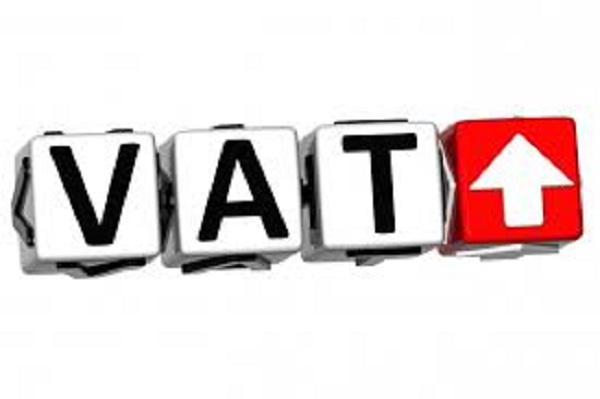Many new business owners are confused about what Value Added Tax is, if it applies to their business, and how it is collected. VAT is a tax that is ultimately paid by the end consumer of goods and services. Seeing as it is charged on the sale of goods and services, everyone pays for VAT. This VAT collection takes place and is paid to the Revenue by everyone in the supply chain that has handled or added value to the end product purchased by the consumer.
If your business has a sales turnover above the VAT registration threshold you are obliged to register and charge VAT. This threshold differs if your sales are made up of a combination of goods and services.
In a given 12 month period if your business generates revenue of €75,000 for selling goods or €37,500 for offering services then you are obliged to register for VAT. If you’re a VAT registered business you will have to provide Revenue with a record every two months showing all VAT that was charged to others and paid out to your suppliers. This may only be required every quarter or bi-annually depending on your businesses VAT liabilities.
The rates of VAT charged on goods and services differ. You should consult with your accountant to confirm if you are obliged to register and charge VAT. Your accountant will also tell you which of the following rates of VAT are correct for each of the products and services that you sell.
- Standard VAT rate of 23% is charged on all good and services that do not fall into the reduced rate of VAT categories
- Reduced VAT rate of 13.5% is charged on specific items which include fuel, building and electricity.
- A second reduced rate of 9% is applied to activities relating to tourism
- Special VAT rate of 4.8% is a reduced rate that is specifically for agriculture
- Zero rate of 0% covers many goods and services which include tea, coffee, children’s clothing, and exports
For more on the basics of VAT collection with examples to help you grasp the concept better, check out Account-Ability. Account-Ability is our five part video training series that covers the basics of accounting.




